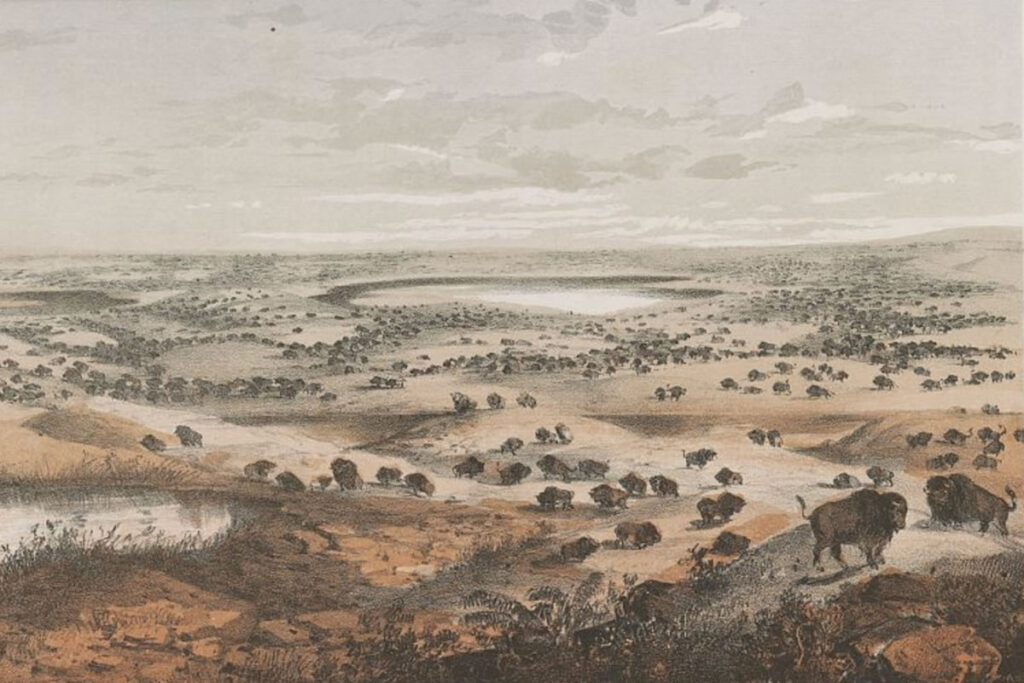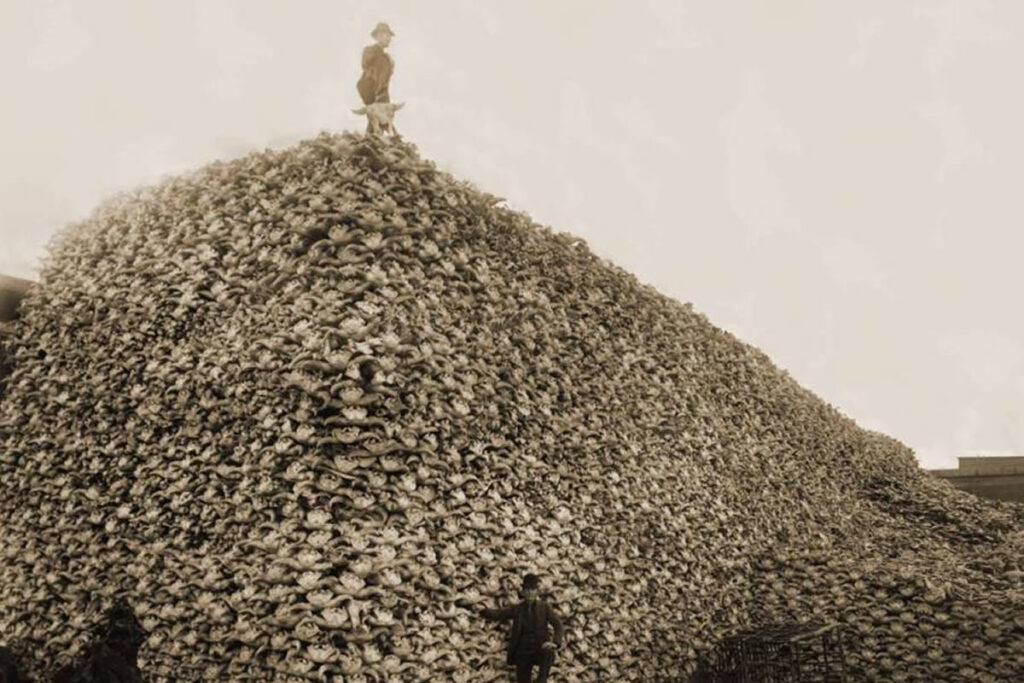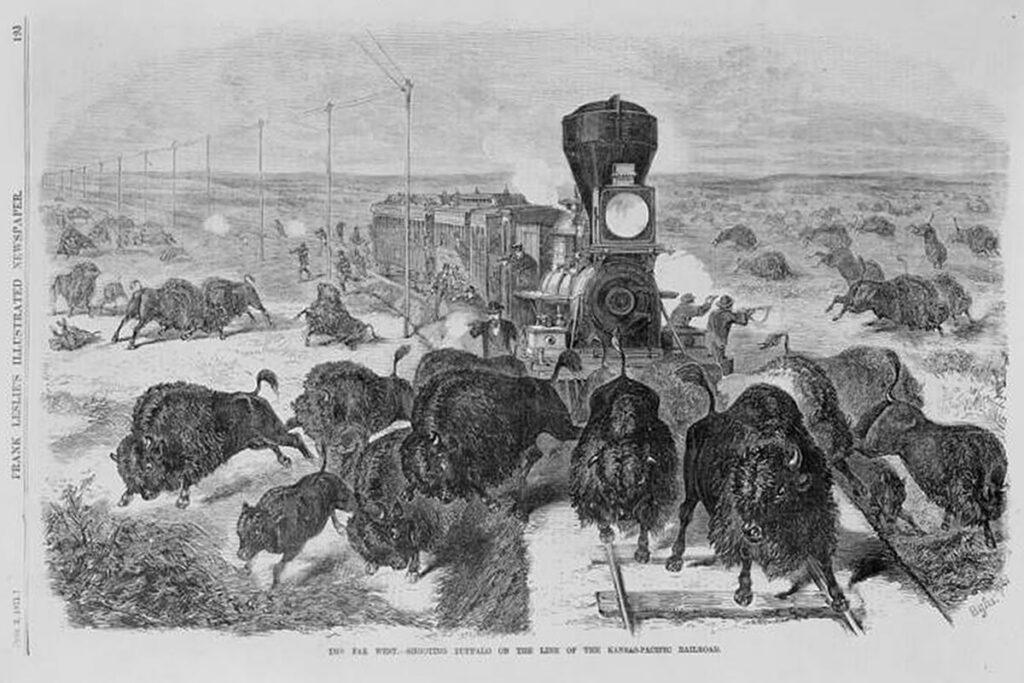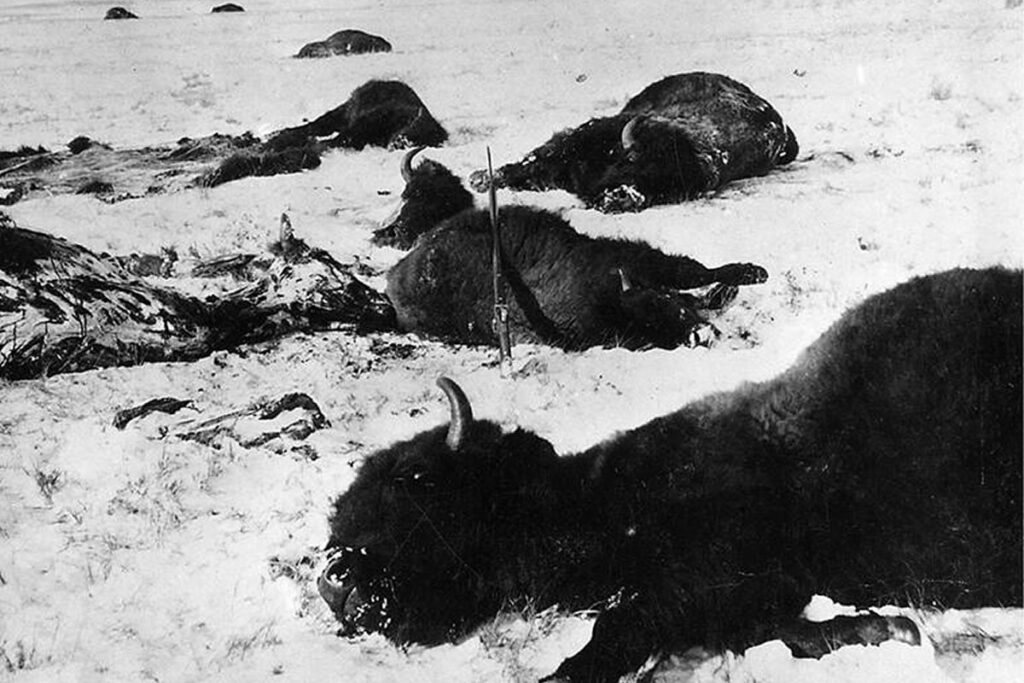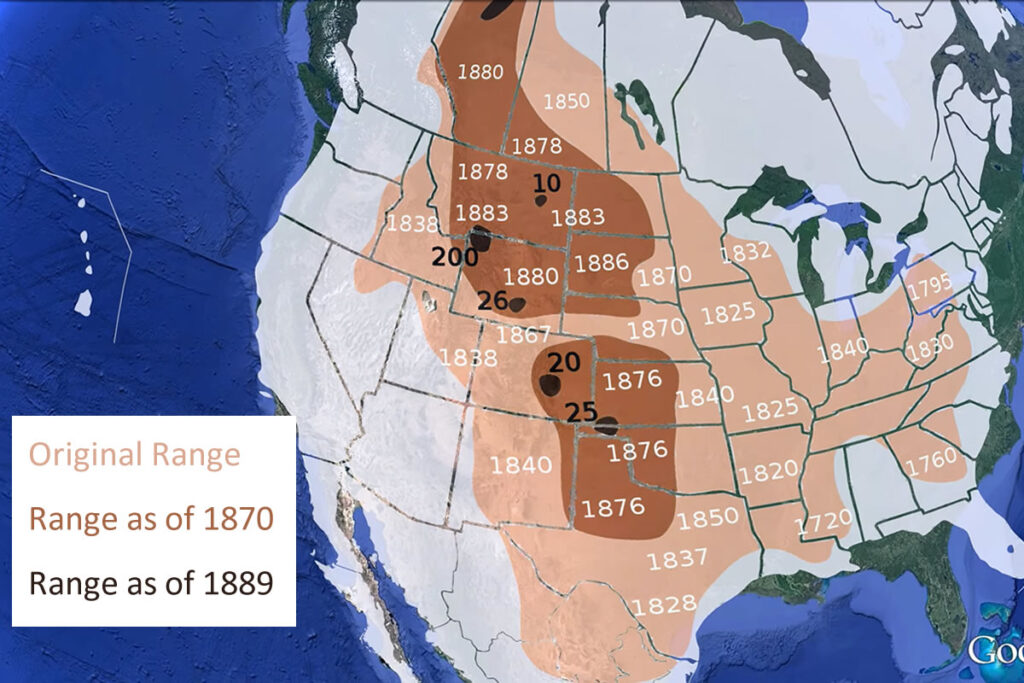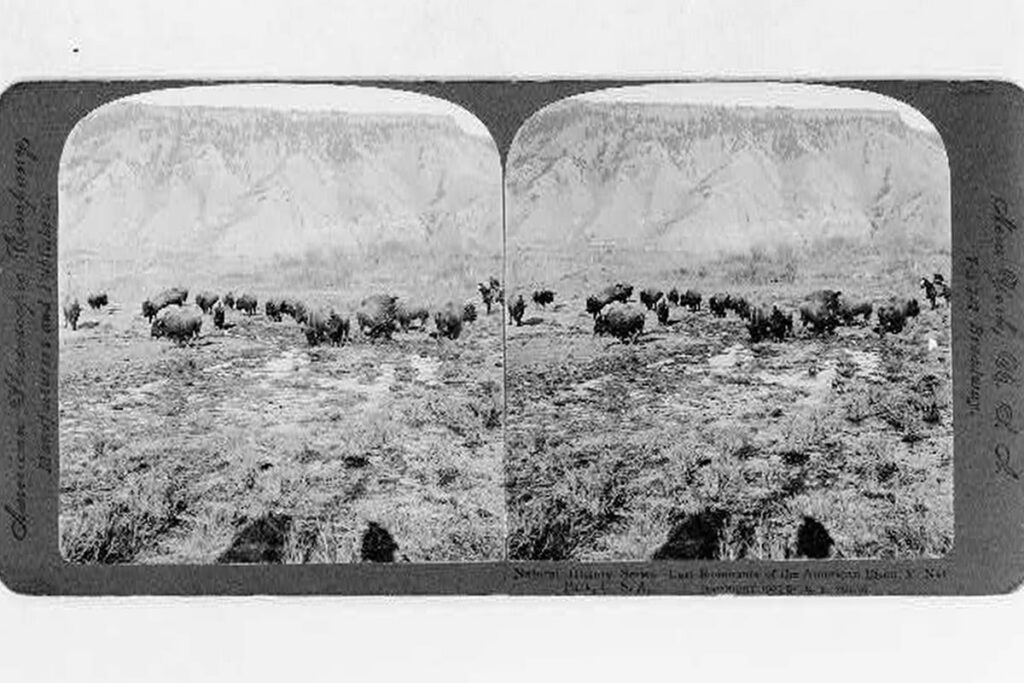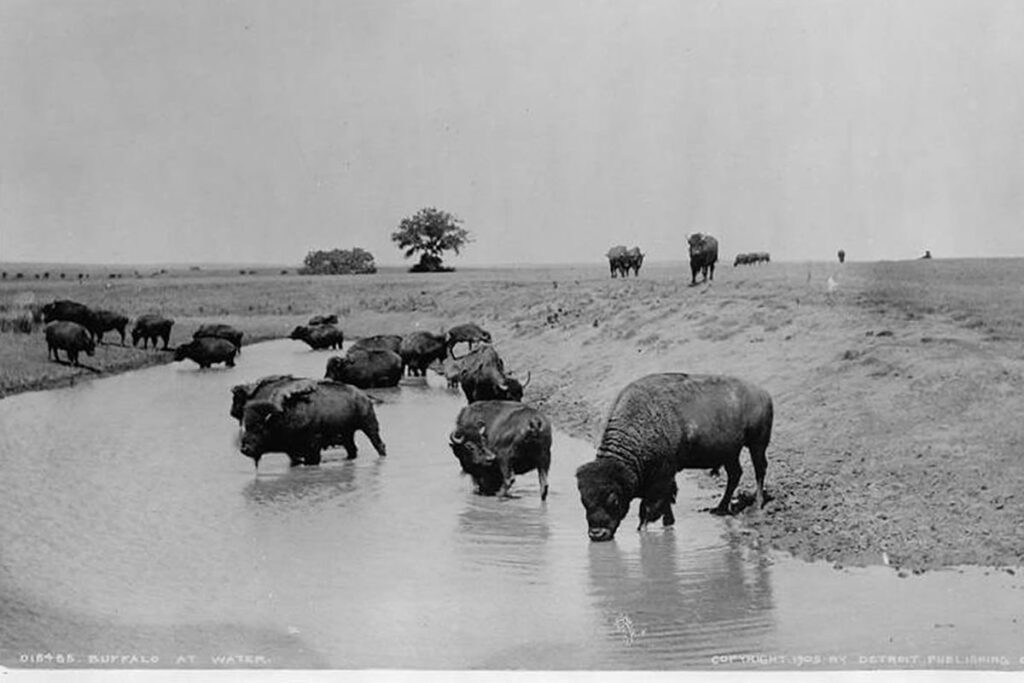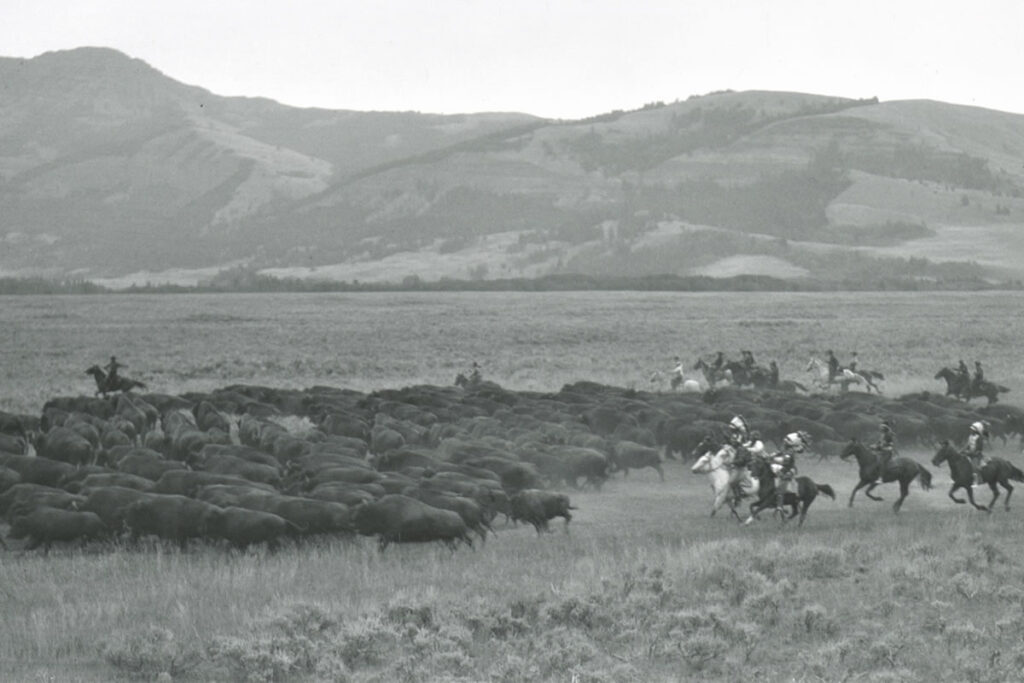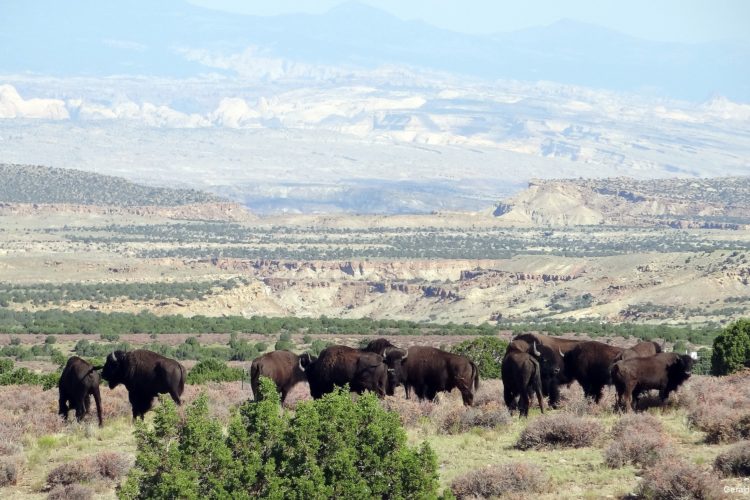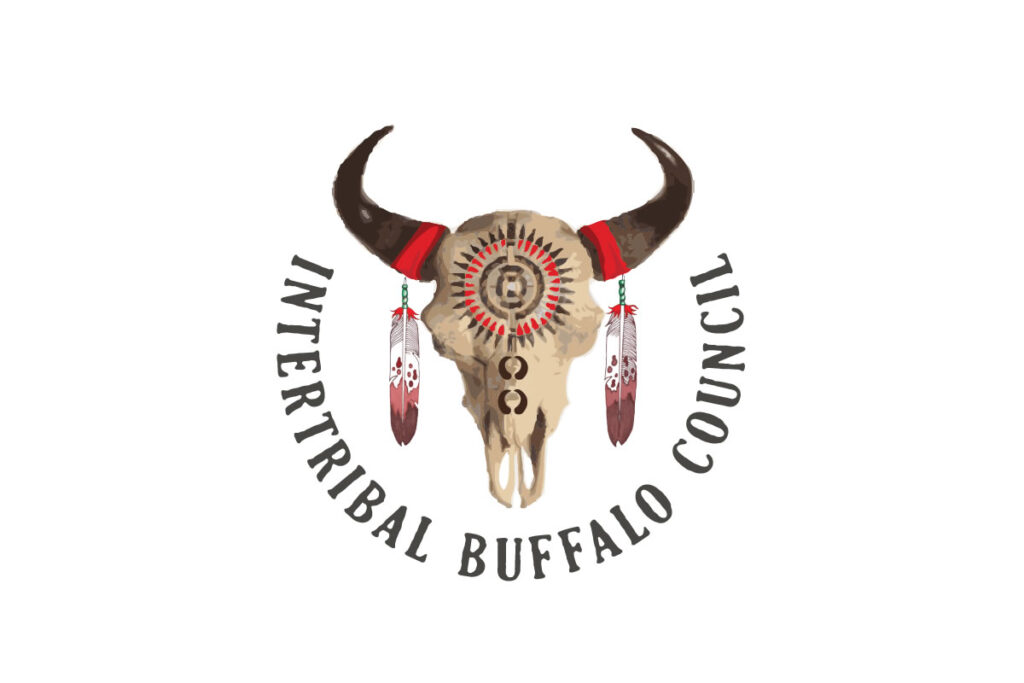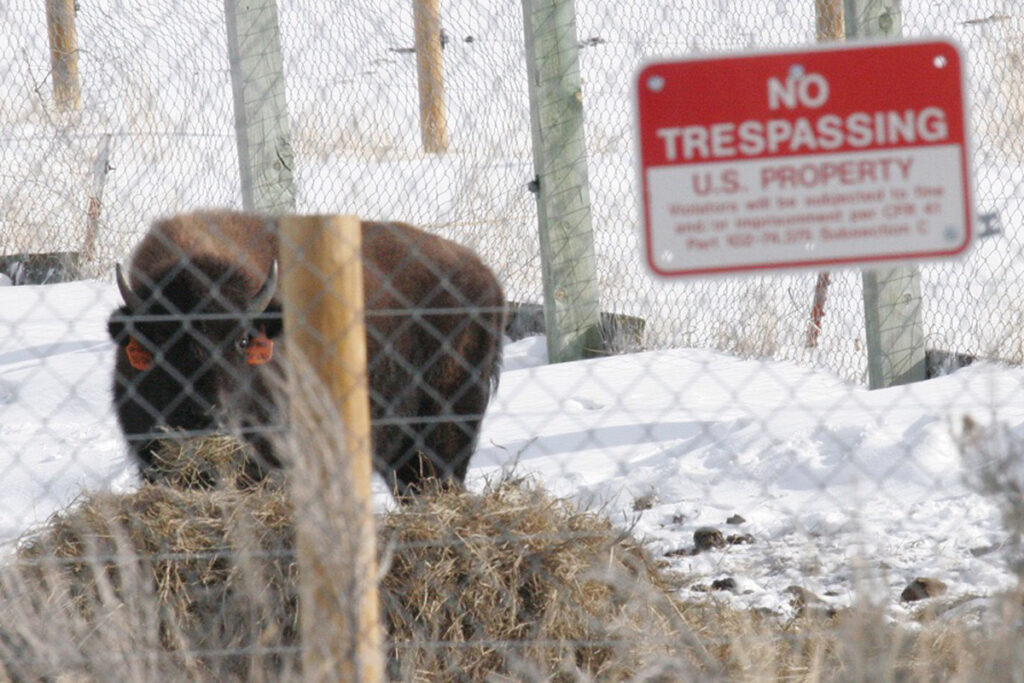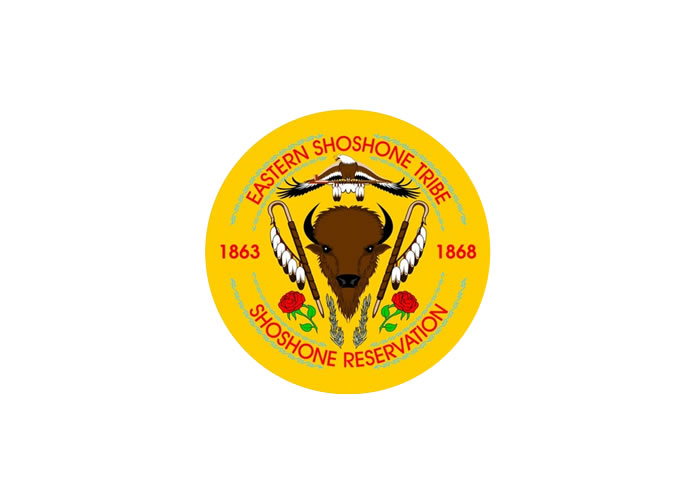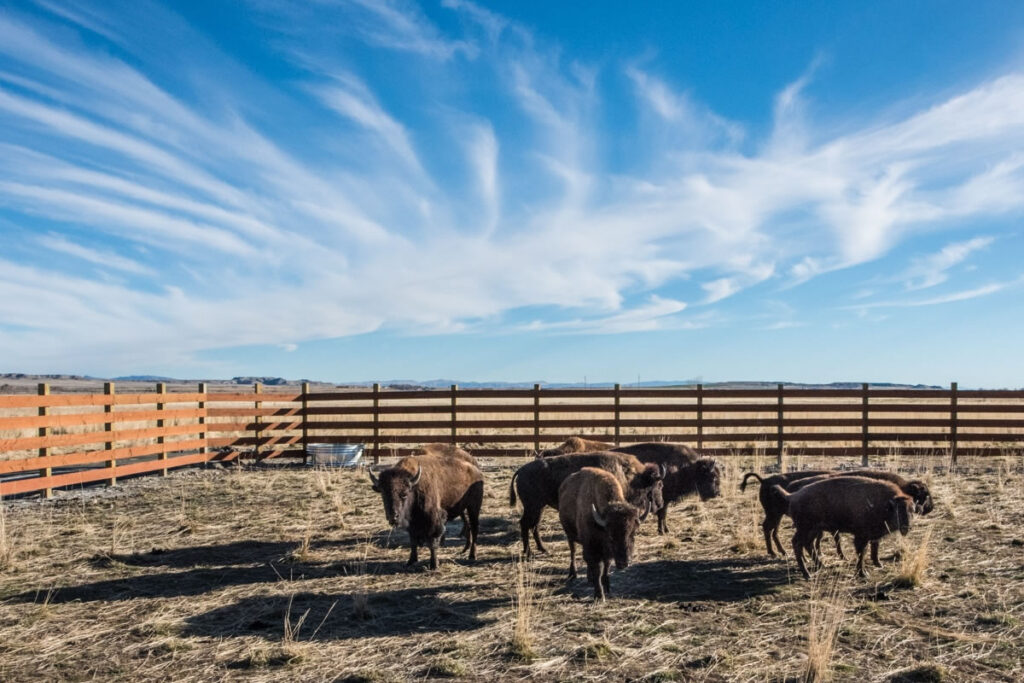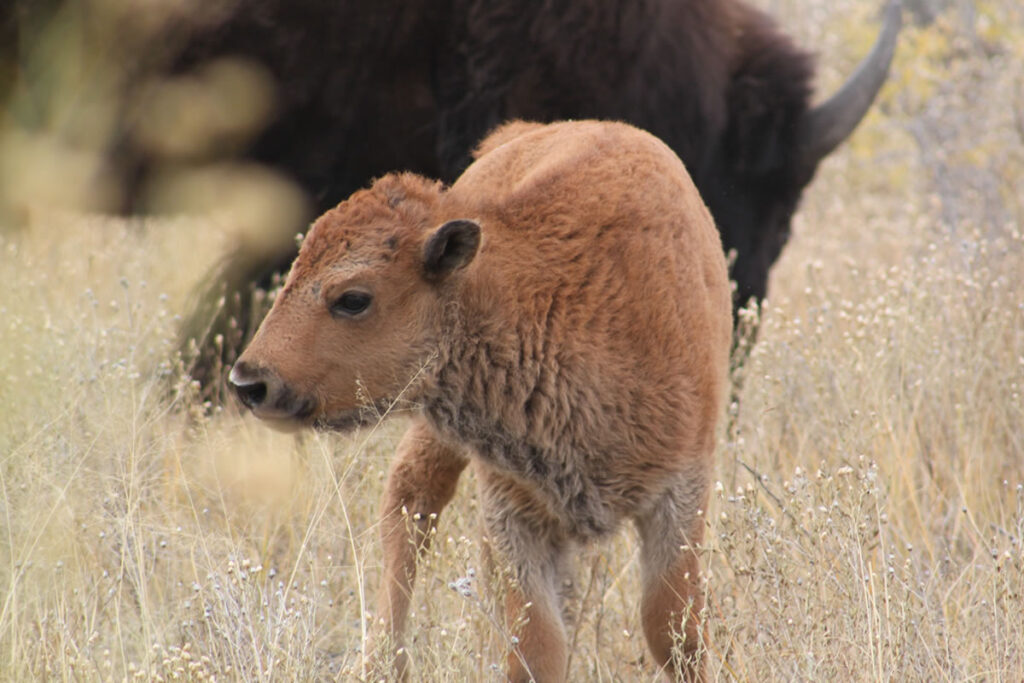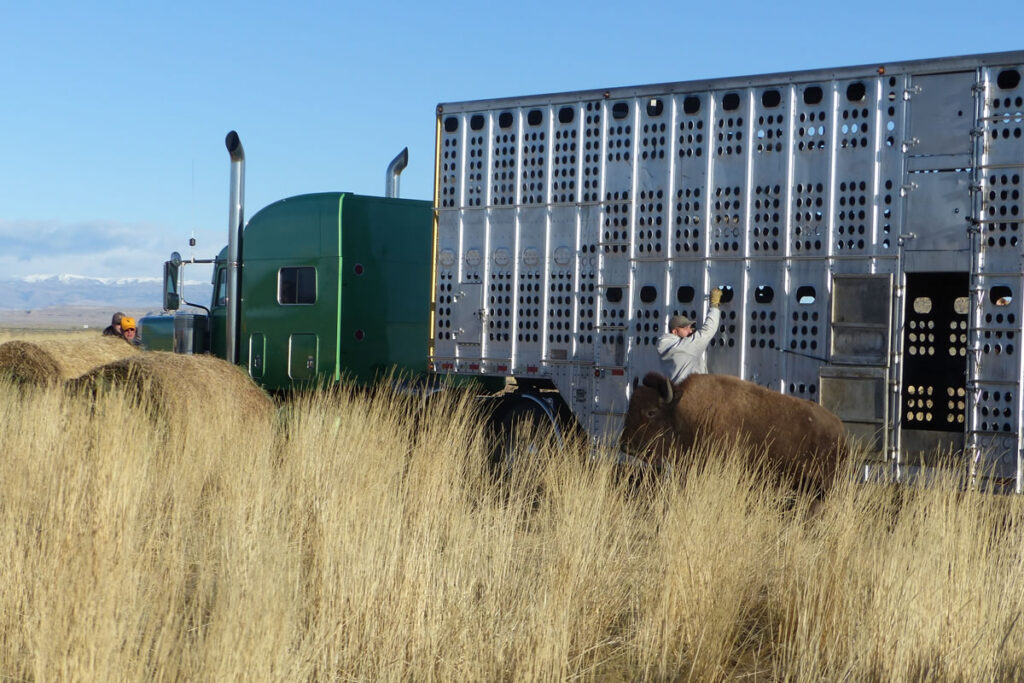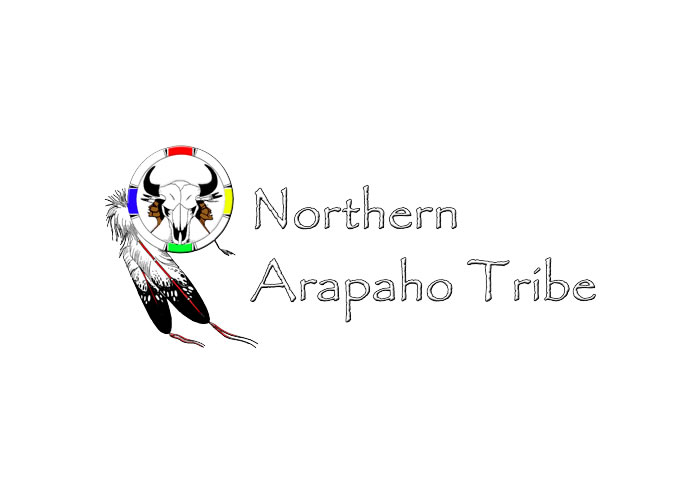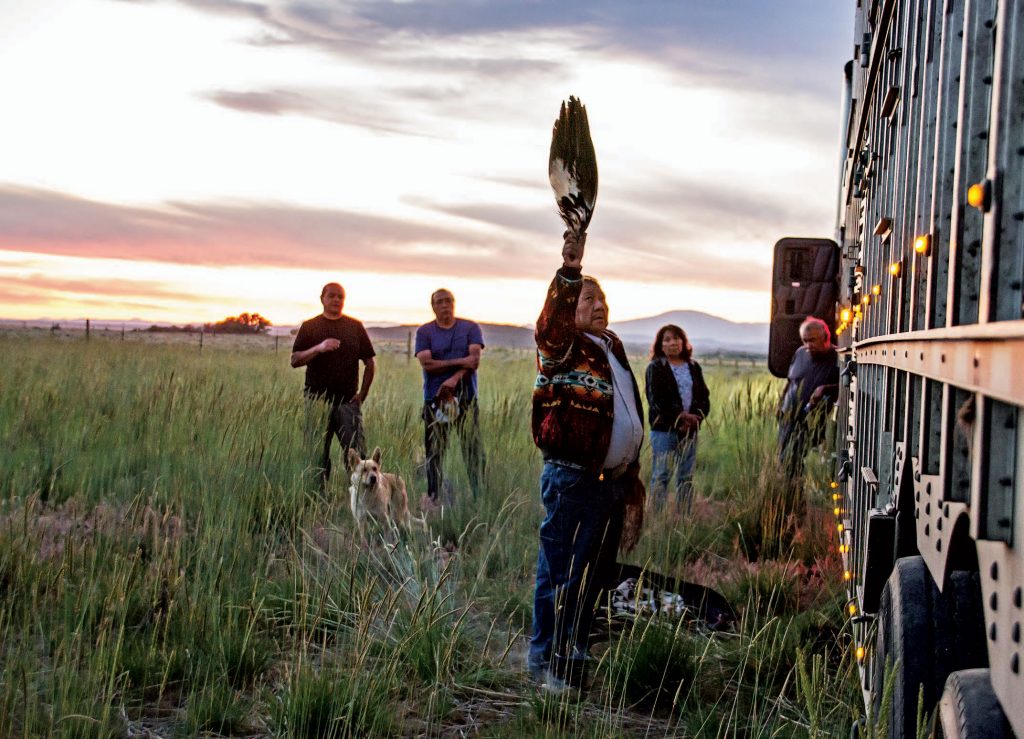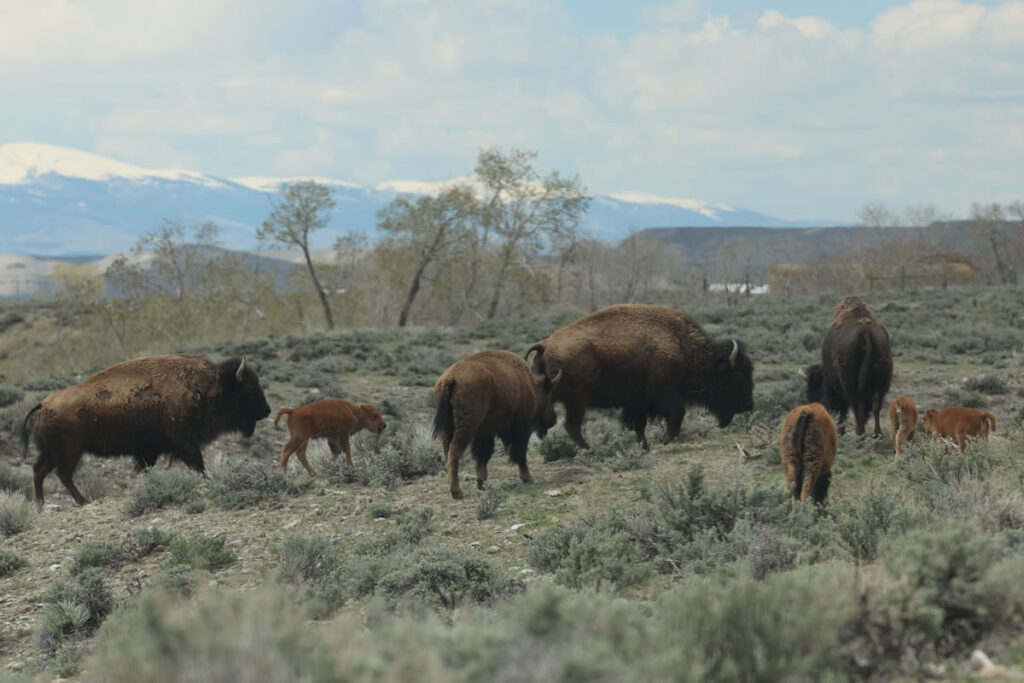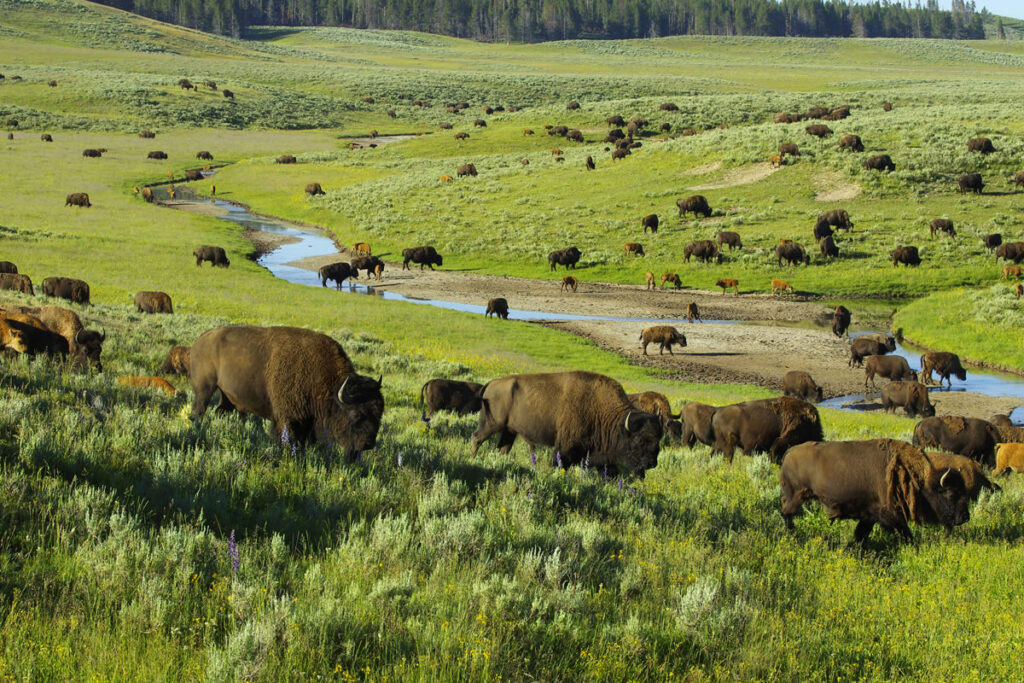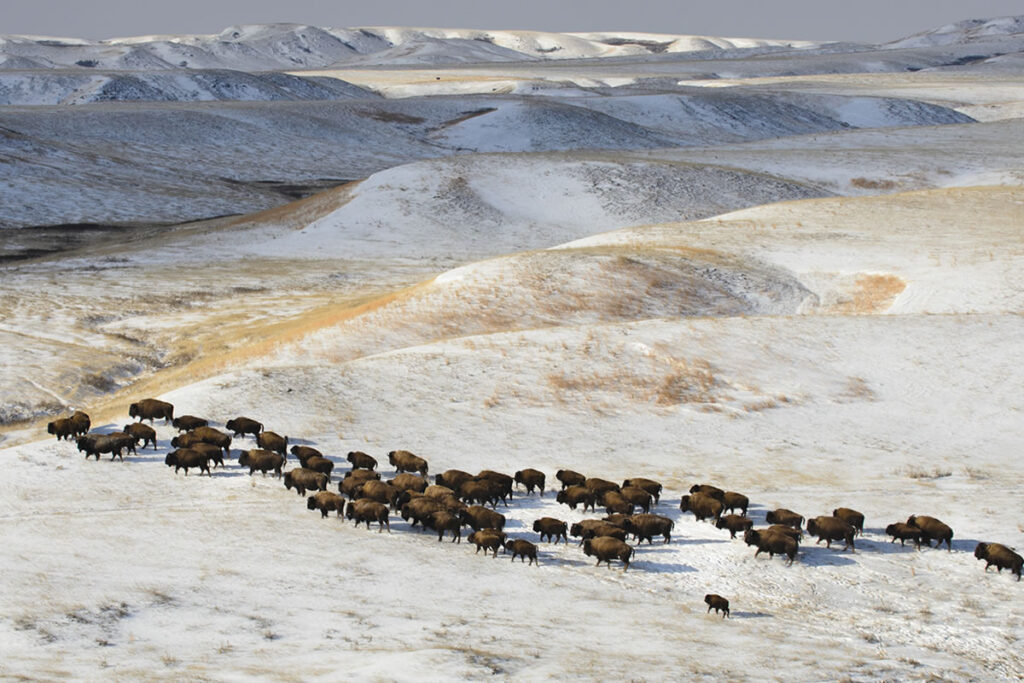History of the Buffalo
After an Absence of More Than 130 Years…
…from Tribal lands on the Wind River Reservation, the first conservation Buffalo were released in 2016. Buffalo now exist on remnants of what were formerly vast territories in North America. Yellowstone is the only place in the lower 48 states to have a continuously wild Buffalo population since prehistoric times — elsewhere, they were either eliminated entirely or hybridized with cattle.
Today, we are working to preserve Yellowstone genetics and restore these conservation Buffalo back to Wind River.
Reaching Our Goal
We are restoring the Wind River Reservation with conservation Buffalo, free of cattle genetics and protected under Tribal law. Our goal is to have 1,000 or more.
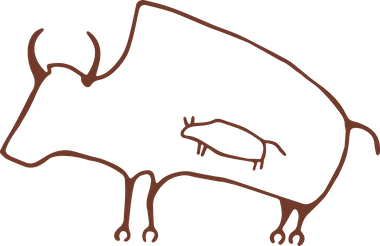
“The symbol of our logo is a pregnant mother, because it represents rematriation and rebirth, a vision for our land and our people healing and flourishing. The image comes from a petroglyph not far from where I grew up.”
– Jason Baldes
Learn More About Buffalo
All About Buffalo
History of the Buffalo
Healing with Buffalo
Native Values
Myths & Facts
Science & Research
For Educators

